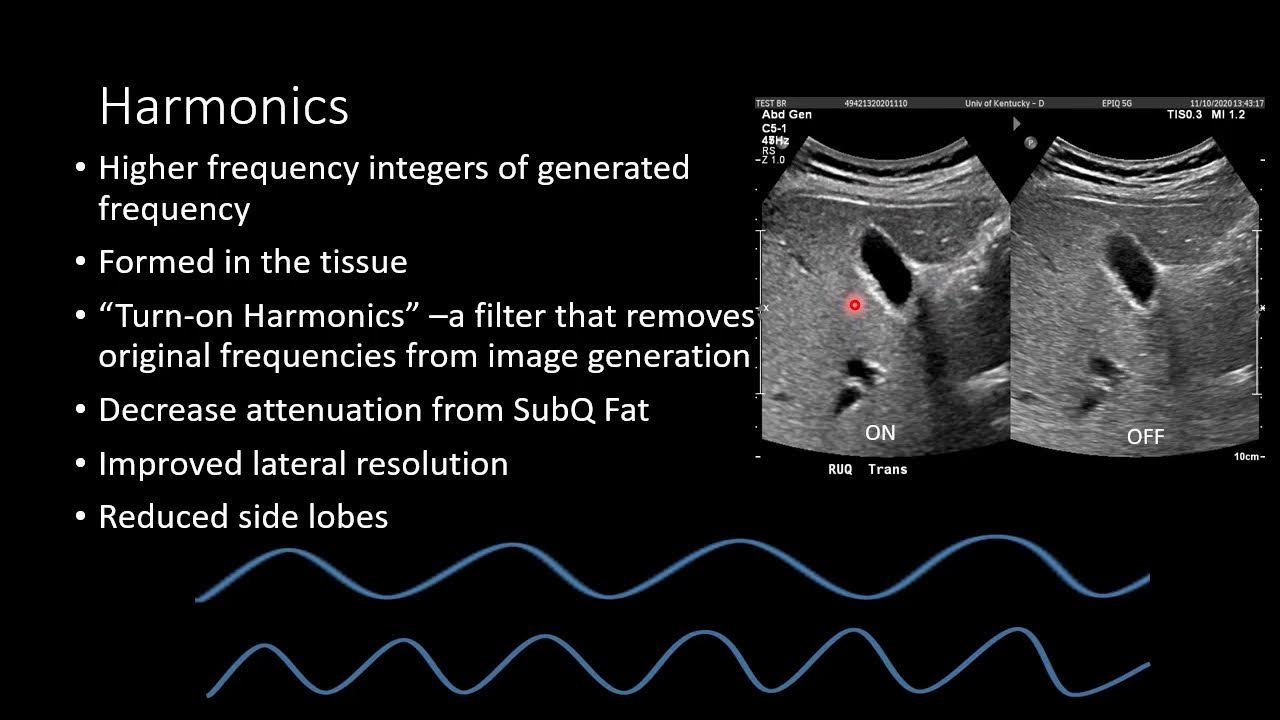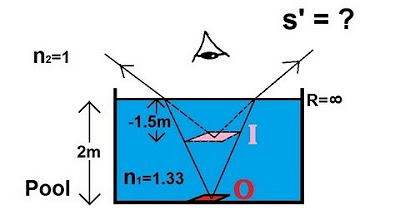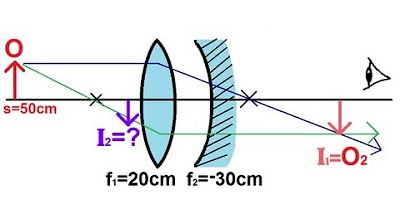Hito Steyerl's "In Defense of the Poor Image"
TLDRThis video introduces Hito Steyerl's influential essay, 'In Defense of the Poor Image' (2009), a cornerstone in media studies exploring the political and aesthetic significance of low-resolution, widely circulated digital images. Steyerl, a German filmmaker and theorist, delves into the concept of the 'poor image' as a degraded, yet massively shared form of visual content, highlighting its role in challenging traditional hierarchies of image quality and distribution. Through the lens of Marxist theory, the essay critiques the capitalist structures underlying media production and champions the democratizing potential of these imperfect images in the digital age.
Takeaways
- 📚 Hito Steyerl's essay 'In Defense of the Poor Image' (2009) critically examines the political and aesthetic implications of low-resolution, widely circulated digital images.
- 🎮 Steyerl is recognized for blending art with media theory, focusing on the impact of media technology, militarization, surveillance, and globalization on culture.
- 📷 The 'poor image' is characterized by visual degradation, massive circulation, and digital compressibility, embodying a form of resistance against traditional media hierarchies.
- 💻 Steyerl adopts a Marxist perspective, comparing poor images to the 'lumpenproletariat' of visual culture, challenging value systems based on resolution and quality.
- 🖥️ Democratization of access is a key value of poor images, transforming quality into accessibility and liberating images from conventional confines of cinemas and archives.
- 🎬 References to Walter Benjamin's work highlight the shift in art's social function from ritual to politics, paralleling poor images' role in democratizing visual culture.
- 📈 Poor images challenge aesthetic hierarchies and the conservative valuation of authenticity, promoting a more inclusive and accessible form of visual engagement.
- 🧑💻 The circulation of poor images reflects both their resistance to capitalist media structures and their integration into the digital economy's demand for rapid, surface-level engagement.
- 🚫 Steyerl's ambivalence towards poor images acknowledges their potential for cultural democratization while critiquing the capitalist conditions that necessitate their existence.
- 💡 The essay concludes by affirming the reality of poor images as a reflection of their conditions of existence and circulation, challenging the primacy of the 'original' in artistic value.
Q & A
Who is Hito Steyerl, and what are her main areas of work?
-Hito Steyerl is a German filmmaker, video artist, and theorist known for her work on media technology, the circulation of images, militarization, surveillance, and the impact of media on globalization in late capitalism. Her work is Marxist in orientation and mixes fact with fiction, documentary footage with CGI, often incorporating pop culture aesthetics and humor. Steyerl is also a prolific writer and theorist with a PhD in philosophy, contributing significantly to media theory and contemporary moving image art.
What is 'In Defense of the Poor Image' about?
-In Defense of the Poor Image, written by Hito Steyerl in 2009, explores the political implications of 'poor images,' which are degraded digital images that have been massively circulated, copied, and compressed. The essay investigates how these images, despite their low resolution and quality, play a critical role in the democratization of access to images and challenge the traditional valuation of high-resolution imagery in capitalist society.
How does Steyerl define a 'poor image'?
-Steyerl defines a 'poor image' as a degraded, low-resolution copy that is in constant motion, circulating through digital networks. These images are characterized by their bad quality, substandard resolution, and the visual signs of digital compression and reproduction. Despite these characteristics, their widespread circulation and remixing highlight their importance in the digital age.
What are the three central aspects of a 'poor image' according to Steyerl?
-According to Steyerl, the three central aspects of a 'poor image' are: 1) visual degradation, indicated by low quality and resolution; 2) massive circulation, as these images are distributed widely through digital networks; and 3) the ability to be copied, compressed, and remixed, showcasing their digital nature and the impacts of their repeated reproduction.
What political value does Steyerl attribute to 'poor images'?
-Steyerl attributes several political values to poor images: 1) They challenge aesthetic and economic hierarchies by being more accessible and democratizing access to visual content. 2) They represent a form of resistance or non-conformity by circulating outside mainstream channels. 3) They encourage a reassessment of the valuation of high-resolution and 'authentic' images, promoting a more inclusive understanding of visual culture.
How does Steyerl's essay relate to Walter Benjamin's work?
-Steyerl's essay draws parallels with Walter Benjamin's work on the technological reproducibility of art. Both explore how advancements in reproduction technologies transform the social function of art, moving from a focus on authentic originals to a democratization and increased accessibility of art. Steyerl, like Benjamin, is interested in how these technological changes challenge traditional valuations of art and potentially contribute to a more egalitarian society.
What analogy does Steyerl use to describe the social class of images?
-Steyerl uses a social class analogy to describe images, comparing poor images to the 'lumpen proletariat' in the class society of appearances. This analogy suggests that just as certain social groups are marginalized within societal hierarchies, poor images are devalued and ranked lowly according to their resolution and quality, highlighting a critique of visual culture's class-like stratification.
Why does Steyerl celebrate poor images?
-Steyerl celebrates poor images for their ability to undermine conservative fetishization of tradition, beauty, and authenticity. She appreciates their role in democratizing access to visual content, challenging aesthetic hierarchies, and promoting alternative, non-commercial imagery. Poor images, according to Steyerl, enable a broader participation in visual culture and offer resistance to the capitalist studio production system.
What are the limitations of poor images according to Steyerl?
-While Steyerl defends the value of poor images, she also acknowledges their limitations. She points out that the same digital networks that facilitate the circulation of poor images are also sites of capitalist exchange. This dual nature means that while poor images can challenge traditional valuations and democratize access, they are also integrated into information capitalism, thriving on compressed attention spans and superficial engagement.
How does Steyerl conclude her essay on poor images?
-Steyerl concludes her essay by affirming the value of poor images, arguing that they should be appreciated for their real conditions of existence, circulation, and digital dispersion rather than dismissed for not being the 'real thing' or original. She suggests that the reality of poor images lies in their ability to foster communication and share experiences across digital networks, challenging traditional notions of authenticity and originality in the process.
Outlines
🎥 Introduction to Hito Steyerl's 'In Defense of the Poor Image'
This section introduces Hito Steyerl, a prominent figure in media theory and the art world, known for her Marxist-oriented work that blends documentary and CGI to explore media technology, surveillance, and globalization. The essay 'In Defense of the Poor Image' from 2009 is highlighted for its examination of digitally degraded images, termed 'poor images,' which are characterized by their low quality, heavy circulation, and remix culture. Steyerl's approach to these images addresses the political implications of their existence and circulation, showcasing how they reflect upon the conditions of digital networks and capitalism.
🌍 Political Value of the Poor Image
The second paragraph discusses the political significance of poor images, linking their quality and circulation to a social class analogy, democratization of access, and references to Walter Benjamin's theories on art reproduction. Steyerl draws parallels between the democratization seen with poor images and the historical shifts in art accessibility, suggesting that poor images challenge traditional aesthetic hierarchies and promote a more inclusive engagement with art.
💡 The Role of Poor Images in Digital Culture
This section elaborates on the emergence of poor images due to shifts in media funding and production, emphasizing their role in challenging conventional aesthetics and the conservative fetishization of traditional media. Steyerl celebrates the poor image for its capacity to disrupt established norms, citing influences from third cinema and highlighting its contribution to a more accessible and diverse visual culture.
🔄 Ambivalence Towards Poor Images
Steyerl acknowledges the complex nature of poor images, which, while challenging capitalist media structures, also integrate into the very systems they critique. This ambivalence mirrors Walter Benjamin's views on technological reproducibility's dual role in liberating and perpetuating capitalist modes of production. The poor image's circulation is seen as both a form of resistance and a component of information capitalism.
🔍 Concluding Thoughts on Poor Images
The final paragraph summarizes Steyerl's defense of the poor image, emphasizing its role in highlighting the realities of digital dispersion and social interaction over the fetishization of originality. Steyerl champions the poor image as a marker of reality, signifying the importance of its circulation and impact on collective digital experiences rather than its fidelity to the original.
Mindmap
Keywords
💡Poor image
💡Circulation
💡Compression
💡Democratization
💡Aura
💡Capitalism
💡Globalization
💡Marxism
💡Digital networks
💡Reproducibility
Highlights
The introduction provides context on the importance of studying quantum algorithms.
Grover's algorithm for searching an unstructured database is explained as an example of how quantum algorithms can achieve quadratic speedup.
Shor's algorithm for integer factorization is discussed as one of the most impactful quantum algorithms.
The oracle concept in quantum algorithms allows querying a black box function without learning about its internal structure.
Quantum phase estimation is a key subroutine for many quantum algorithms including Shor's algorithm.
Quantum walks provide a framework for designing quantum algorithms for graph-based problems.
Quantum machine learning algorithms are an active area of research for applications like classification and clustering.
Quantum simulation algorithms aim to efficiently simulate quantum systems, with applications in chemistry and materials science.
The HHL algorithm demonstrates how quantum linear systems algorithms can achieve exponential speedups for certain problems.
Quantum algorithms for optimization problems like MAX-CUT continue to be improved, but do not yet decisively outperform classical algorithms.
Quantum error correction will be essential to realize the potential of quantum algorithms at scale.
The limits of quantum speedups are an active theoretical research area, with implications for what types of problems may benefit most from quantum algorithms.
Real-world implementation of quantum algorithms faces many engineering challenges including noise, decoherence, and qubit connectivity.
Quantum supremacy experiments demonstrate that contrived problems can be solved faster on quantum devices, but practical applications are still distant.
Overall, quantum algorithms are promising but continued research is needed to develop practical applications and achieve unambiguous speedups over classical algorithms.
Transcripts
Browse More Related Video

Ultrasound Physics - Image Generation

Digital Photography, Truth Claims, and C.S. Peirce's Indexicality

Evaluating Photos & Videos: Crash Course Navigating Digital Information #7

Physics - Optics: Refracted Surface (1 of 5) Swimming Pool

Human Eye - The Dr. Binocs Show | Best Learning Videos For Kids | Peekaboo Kidz

Physics - Optics: Lenses (5 of 5) Lens Combinations - Converging Lens & Mirror
5.0 / 5 (0 votes)
Thanks for rating: